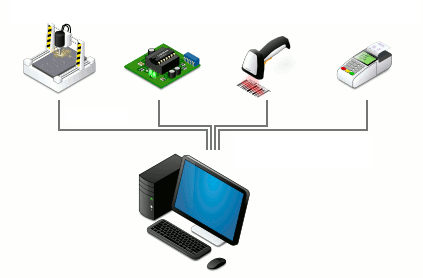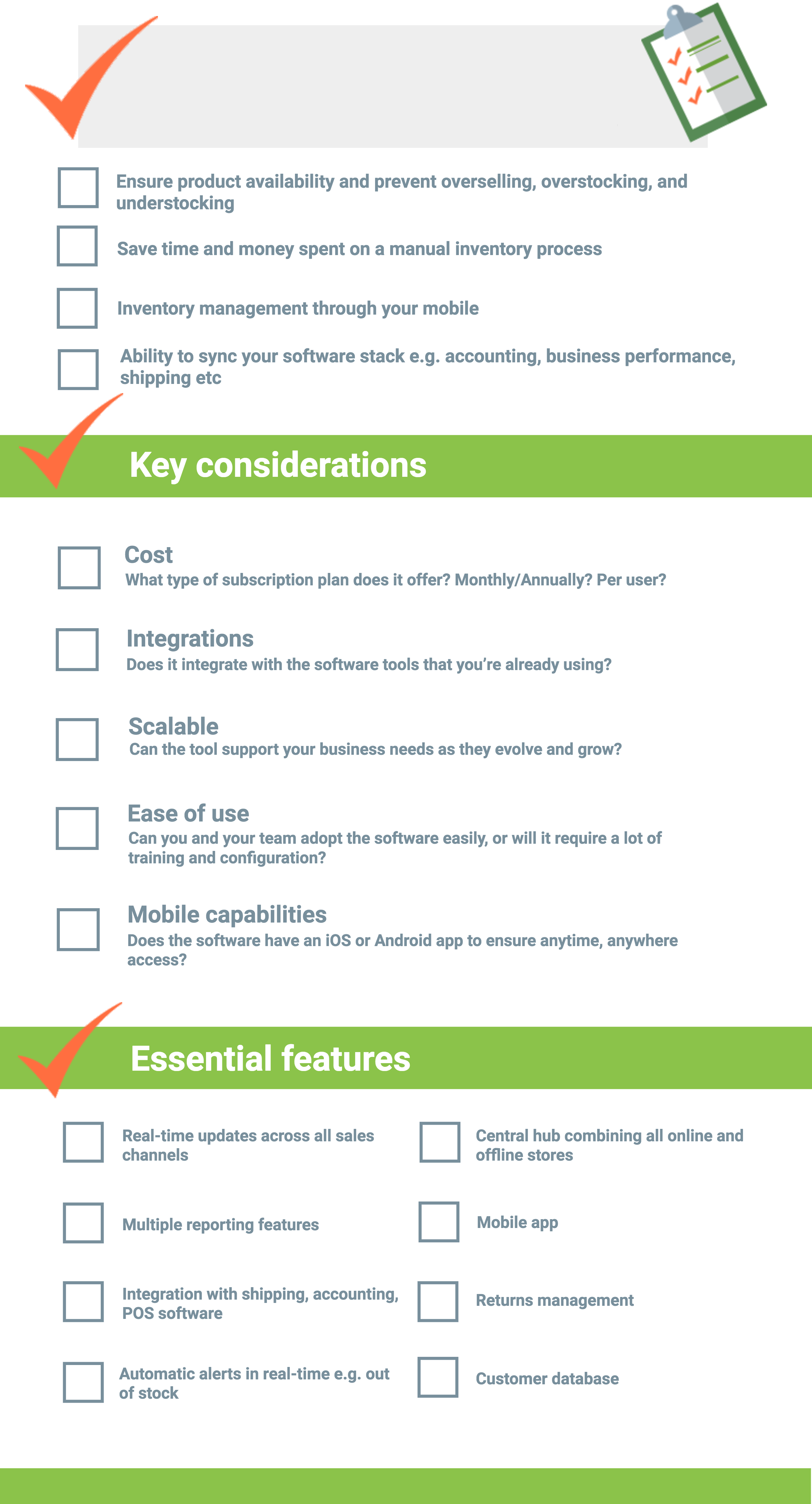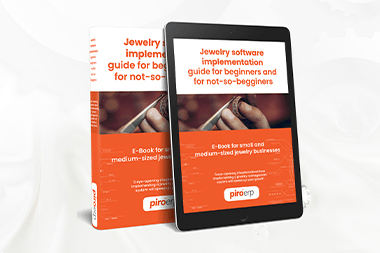Hi there!
Welcome to the latest (video)blog. In this
#9 Vlog on Next Level Jewelry with Zsolt Torok
Subscribe to our YouTube channel
I have been following Panorama Consulting for a while now as it is a reliable ERP consulting company. They do research amongst their own customers on a yearly basis and they publish these in the form of case studies that contain a lot of useful information, especially when it comes to mistakes and failures of every kind. I find these highly educational as one can learn a lot from these mistakes – sometimes more than from successes.
Budget overruns used to be the most common issues during
Namely, research data shows that in 2017 over 65% percent of companies exceeded their implementation budget. This percentage was even higher in the previous year at 74%, so while it is an improvement, it is still staggering.
And this is happening with large companies, you know, the ones with a lot of resources, a lot of preparation and large implementation teams. For smaller
So why does this happen? Why can’t even large companies eliminate the
Business software implementation in the jewelry industry has the same issues as in other industries - the initial budget often just isn’t sufficient for the implementation. So why is this? How can you control budget overruns? And are there cases where this should not be considered a problem? Well, let’s see.
Why do we have budget overruns at smaller companies?
To answer this, let’s look at how
 Since we’re talking about business management systems, we can’t really compare it to, let’s say, purchasing a Windows license, where you just purchase a new license and you are done. In the case of business management systems there several things that have fixed costs like licensing fees or hardware, while there are many others that can only be estimated – like necessary configuration and training time, integration fees, customization fees and so on.
Since we’re talking about business management systems, we can’t really compare it to, let’s say, purchasing a Windows license, where you just purchase a new license and you are done. In the case of business management systems there several things that have fixed costs like licensing fees or hardware, while there are many others that can only be estimated – like necessary configuration and training time, integration fees, customization fees and so on.
These can only be estimated because there are too many factors that cannot be foreseen but can influence the final price: the technology changes, staff changes, there
These will
Build the risk into your budget
7+1 risks you should pay attention
Now, let’s get into the details and go through the main risks one by one – and remember: the more complex your business, the more likely one of these will happen.
#1. Lack of detailed project requirements
Introducing a management system for large companies is often preceded by a prolonged planning period – the larger the company the more planning is needed. In this
One of the reasons is that usually there’s no possibility of assigning a dedicated project team who will be working on the implementation. Small companies usually work with an outside consultant, or someone from the management is assigned to
 Now, this can be a problem and there are several risks that come with this. First of all, in most cases like this, there is no detailed requirements list as the owner/manager does not have time to really think through what’s needed and all the variables involved, so they only agree on the most important points with the vendor. So they may say something to the extent of: “we would like our management software to be integrated with our website” and that's the end of it. That sounds simple, but it raises surprisingly many questions if we start digging: do we need website orders to be synced directly with our system? Do we need to sync our inventory too? Do we need new customers to be entered in our system automatically? Where do we need to track order
Now, this can be a problem and there are several risks that come with this. First of all, in most cases like this, there is no detailed requirements list as the owner/manager does not have time to really think through what’s needed and all the variables involved, so they only agree on the most important points with the vendor. So they may say something to the extent of: “we would like our management software to be integrated with our website” and that's the end of it. That sounds simple, but it raises surprisingly many questions if we start digging: do we need website orders to be synced directly with our system? Do we need to sync our inventory too? Do we need new customers to be entered in our system automatically? Where do we need to track order
And again, the questions just go on and on. As we can see, there are a lot of questions that aren’t clarified at the moment of finalizing the budget and signing the contract and because of this, the vendor cannot provide an accurate estimation that would cover the actual amount of work.
When
We call this the Soft Delta, with a
#2. Re-engineered processes
It is a frequent problem that the project manager leaves for a different position or different company and a new person is assigned as
This can easily lead to lost time and money.
If 40 hours were estimated for the configuration of a project, but after 20 hours of work the implementation has to be started from the beginning, it is possible that completing the project will require an additional 20 hours in order to bring the new person up to speed and to accommodate his or her changes to the project. In this case the budget estimation in the initial contract won’t be valid anymore.
#3. Lack of testing and re-testing
It is possible that the manager of the project is being pressured for time and to speed up the configuration and go-live, and therefore doesn’t pay enough attention to testing before company-wide roll-out. This directly results in thinking that the given solution will work, but ![]() after going live with the system we’ll find that the process is not time-efficient enough, requires too many human actions, some re-arranging of steps, and so on.
after going live with the system we’ll find that the process is not time-efficient enough, requires too many human actions, some re-arranging of steps, and so on.
This is typically followed by some reconfiguration of the
#4. New company objectives
It’s not uncommon that new requests, customizations are needed that were unknown for both parties at the time of signing the contract. For example, you may have a very specific business case that needs to be implemented before you can use the software.
This is what Change Requests or Change Orders are good for – the development or implementation rate for such change requests can be specified in the contract, but the actual costs will be defined on the go, once the requirements are known.
#5. Changing business environment
Although this is one of the least frequent issues, there can be cases where a jewelry business is acquired by another company during the implementation process, or there are significant changes in the regulatory environment. In cases like this significant adjustments may be necessary in order for the software to be suitable for the new set of circumstances.
It’s possible that changes have to be made to the inventory configuration, or entirely new work processes need
#6. Your hardware doesn’t prove to be up-to-date
This is important when you want to host the software yourself, on your own servers. It is  possible that you need to
possible that you need to
You should always ask for the vendor’s suggestions regarding optimal hardware requirements before deciding to host any business software yourself.
#7. Data migration
I have mentioned it in my previous videos as well, that we often underestimate the significance and time demand of data migration. At the time of signing the contract the vendor has little insight on the quality of data they will be working with, therefore no matter how much the estimate, there will almost always be data cleaning and data migration difficulties which won’t always will be assumed by the vendor, or even if they are, they will mean additional costs.
+1. You negotiated too much of a discount
Yes, that means to you paid too little and that gets you in a whole pile of problems by itself. It’s within the human nature to haggle, therefore you may try to get the best deal on jewelry software as well.
 Many software vendors are willing to give some discounts as they are looking to get new clients, but this is in most cases not beneficial for the outcome of the project. If you pay too little, the vendor may focus on the customers that paid a higher price and put discounted clients on the backburner, and on the other hand, they will be less inclined to do small “favors” or agree to changes - they may even be slow in implementing the changes they agree to.
Many software vendors are willing to give some discounts as they are looking to get new clients, but this is in most cases not beneficial for the outcome of the project. If you pay too little, the vendor may focus on the customers that paid a higher price and put discounted clients on the backburner, and on the other hand, they will be less inclined to do small “favors” or agree to changes - they may even be slow in implementing the changes they agree to.
In extreme
What solutions would I suggest that can help reduce the risk of budget overruns?
#1. As a first  and don’t be satisfied with thinking that you
and don’t be satisfied with thinking that you
 #2. Assign a project manager or sign up with a consultant who has the necessary professional experience, and who understands the requirements – they may even help
#2. Assign a project manager or sign up with a consultant who has the necessary professional experience, and who understands the requirements – they may even help
#3. When choosing a business software or ERP package, don’t decide based on just a short demo. Convince yourself that the system has at least 80% of what you really need. After the demo
#4. Ask the vendor to specify in their proposal what kind customizations they include, how much change requests cost, what procedures they will follow in the event of unforeseen changes.
#5. In
Summary
As I mentioned, these are all assumptions based on real situations and reasons. If we look at things from this point of view,
a 20% reserve budget is an extremely important part of the planning process.
 I say this especially to those who are preparing to introduce a jewelry software for the first
I say this especially to those who are preparing to introduce a jewelry software for the first
I would also like to add that you should try not to save on your budget as that may work against you, but rather consider savings and benefits that the software can bring you on the long run, as these would have a much bigger impact on the company than saving a few thousand dollars on implementation costs.
Subscribe me to the Next Level Jewelry YouTube channel
If you have any relevant experience or thoughts in this topic, please share them in comments below.
FAQ: 7+1 Reasons software projects go over budget (and how to prevent it)
- Why does a lack of detailed project requirements cause overruns?
When requirements are vague, especially in small companies using internal staff as PMs, unexpected needs surface mid-project, leading to costly additional work. - How can a change in project leadership derail your budget?
If the PM leaves mid-implementation, a new person often resets configurations and objectives, doubling work and wasting budget. - Why does insufficient testing lead to unnecessary costs?
Rushing go-live without thorough testing often reveals inefficiencies or bugs. Fixes require extra time and reconfiguration, costs not anticipated in the original contract. - How do shifting business objectives affect project budgets?
New needs or customizations discovered post-contract increase cost. Clear change-order processes help manage expectations and costs as requirements evolve. - Can changes in the business environment impact implementation budgets?
Yes. Events like acquisitions or regulatory shifts may require additional configuration or development to align the system, increasing cost beyond the original estimate.






